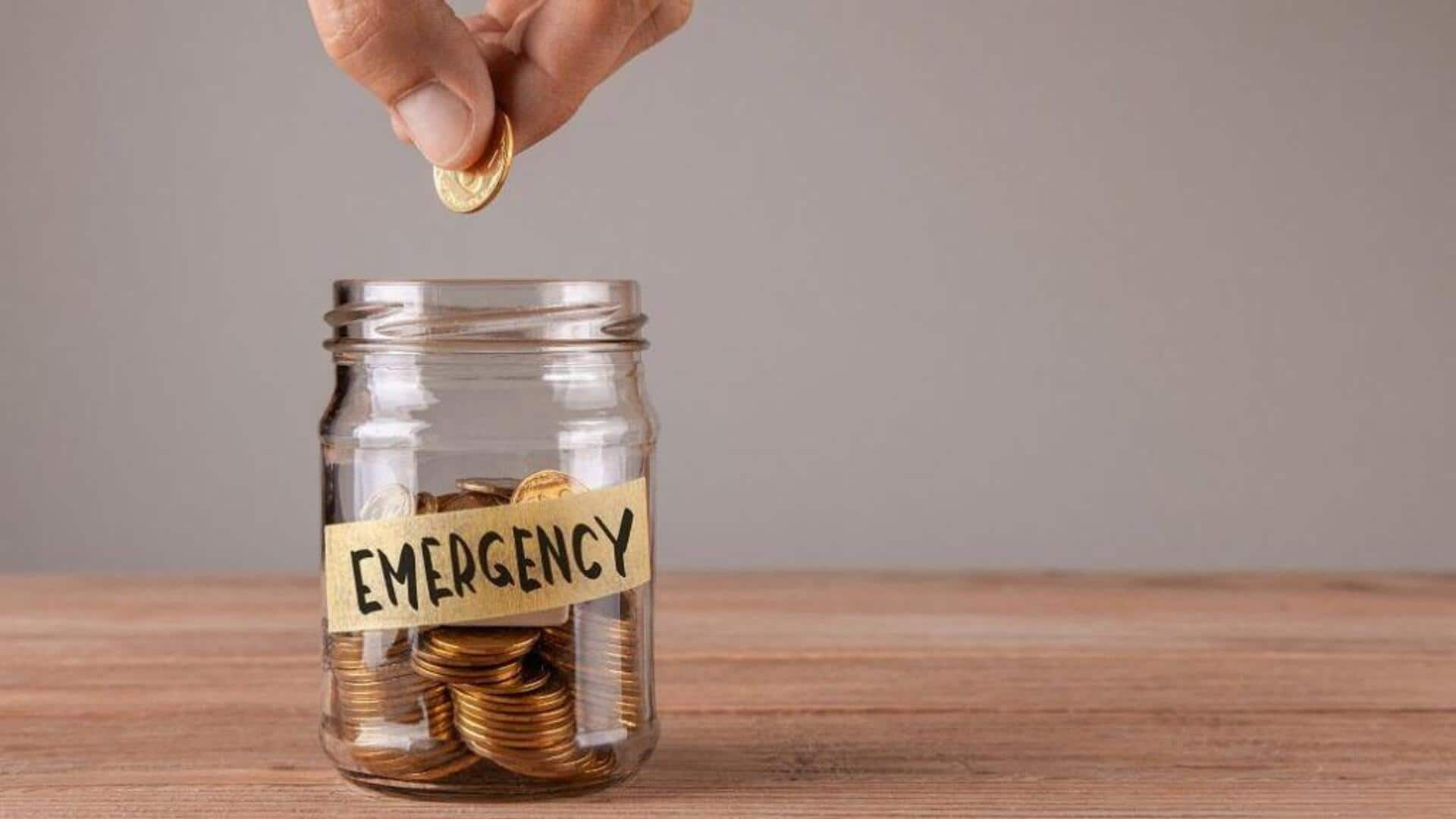
5 timeless tricks for building an emergency fund
What's the story
Planning an emergency fund is the first step toward attaining financial stability. It serves as a safety net during unforeseen circumstances, be it medical emergencies or sudden job loss. However, building this fund requires a certain degree of discipline and strategic planning to ensure it serves the purpose when the time comes. Here are five timeless tricks to master the art of emergency fund planning.
Clear goals
Set clear savings goals
Setting clear savings goals is critical in emergency fund planning. Figure out how much money you need to cover three to six months' worth of living expenses. This should include rent or mortgage payments, utilities, groceries, and other essential costs. By having a specific target in mind, you can track your progress more easily and stay motivated to achieve your goal.
Automation
Automate your savings
Automating your savings can make it easier to build an emergency fund. Schedule automatic transfers from your checking account to a separate savings account every month. This way, you'll contribute to your fund regularly without having to remember manually every time. Automation helps remove the temptation to spend the money elsewhere and keeps your savings on track.
Cutting expenses
Cut unnecessary expenses
Reviewing and cutting unnecessary expenses is another effective tip to boost your emergency fund quickly. Analyze your monthly spending habits and spot areas where you can reduce costs, such as dining out less frequently or canceling unused subscriptions. Redirect these saved funds into your emergency account, and watch it grow over time.
Extras
Use windfalls wisely
Windfalls such as tax refunds or bonuses are excellent opportunities to pad an emergency fund quickly. Instead of blowing these windfalls on luxuries, think of contributing a large chunk toward securing your financial future with higher contributions to this reserve pool. This way, you're prepared for the unexpected later on.
Reassessment
Regularly reassess your fund needs
Regularly reassessing how much money you should keep aside within your contingency reserves is important over time. This is mainly because of changing personal circumstances, like a larger family, and how inflationary pressures affect cost-of-living adjustments accordingly. So, make periodic evaluations to ensure adequate coverage levels with respect to your current lifestyle needs. This protects your future fiscal well-being effectively through all life stages you face on your journey ahead.